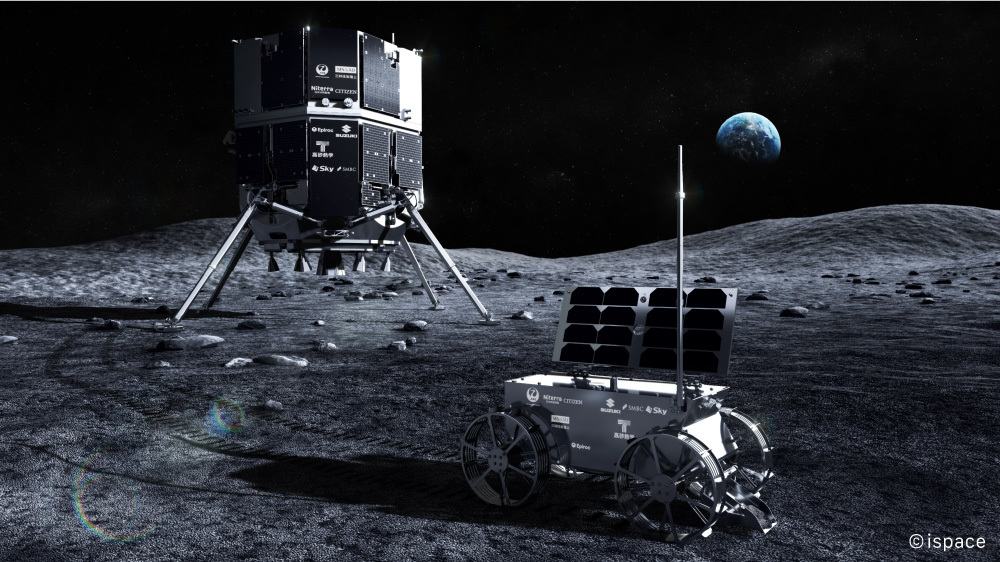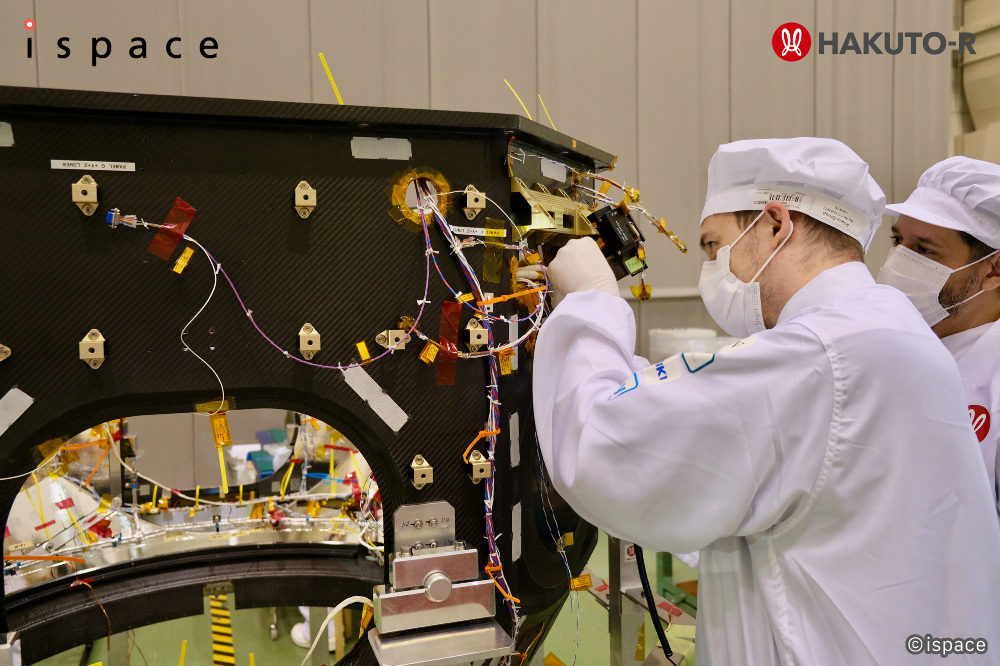Note: This website was automatically translated, so some terms or nuances may not be completely accurate.
ispace Aims for Lunar Landing Again: "HAKUTO-R" Mission 2 Lunar Rover Design Announced
ispace, a space startup company engaged in lunar resource development, held a live broadcast on Thursday, November 16, announcing the details of Mission 2 of its private lunar exploration program "HAKUTO-R" from in front of the HAKUTO-R Mission Control Center (control room) in Chuo Ward, Tokyo.

Following Mission 1, which aimed for a lunar landing, Mission 2 targets both a lunar landing and lunar exploration.
At the outset, Takeshi Hakamada, ispace CEO & Founder, announced the series name for the lander (lunar lander) to be used in Mission 2: "RESILIENCE."

First, Yoshitsugu Hidari, Acting Executive Vice President of Engineering at ispace, explained the progress of Mission 2. Mr. Hidaka stated, "Through analyzing the factors behind the landing failure in Mission 1, we have clearly identified areas for improvement," adding, "We will reliably carry forward the achievements from the orbital demonstration in Mission 1 to Mission 2." He then shared the latest information on the development status of the lander, which is progressing at facilities in Germany and at the JAXA Tsukuba Space Center (Tsukuba City).

Following this, Ramami Julien, CEO of ispace Europe, unveiled the final design of the micro-rover (small lunar exploration vehicle) to be used in Mission 2. The micro-rover measures 260 mm (height) × 315 mm (width) × 540 mm (length) and weighs 5 kg. It will be equipped with a camera and a scoop. Based on a contract with NASA (National Aeronautics and Space Administration), it will collect lunar soil, known as "regolith," and transfer ownership of it to NASA.

Final design of the micro-rover (small lunar rover) to be used in Mission 2
Finally, Mr. Hakamada expressed his aspirations: "As a resilient organization, ispace will leverage the experience and data gained from Mission 1. Through continuous refinement and improvement, we will realize 'Landing & Beyond' with the Mission 2 'RESILIENCE' lander."
The launch window for the Mission 2 lander is tentatively scheduled for as early as Winter 2024 (Q4)*.
*As of November 2023
ispace Official Website: https://ispace-inc.com/jpn/
【Related Past Articles】
・isp ace Announces Next Mission: Lunar Exploration, Along with ¥10 Billion Funding
・Announces Partners for Lunar Exploration Program "HAKUTO-R"
・Lunar Exploration Program "HAKUTO-R" Announces Three New Partners
・Making the Moon a Habitat: ispace Leads "All-Industry Participation" Lunar Development Project
・ispace Completes Series B Funding Round, Announces New Lunar Business Concept (Video Included)
・Private lunar exploration "HAKUTO-R" announces opening of Mission Control Center and SMBC Group partnership
・ispace Begins Assembly of Flight Model for 2022 Launch
・ispace Holds Progress Briefing for HAKUTO-R Missions 1 and 2, Aiming for Launch Around Late 2022
・Private Lunar Exploration Program HAKUTO-R Mission 1 Successfully Launches. Progressing Smoothly
Was this article helpful?